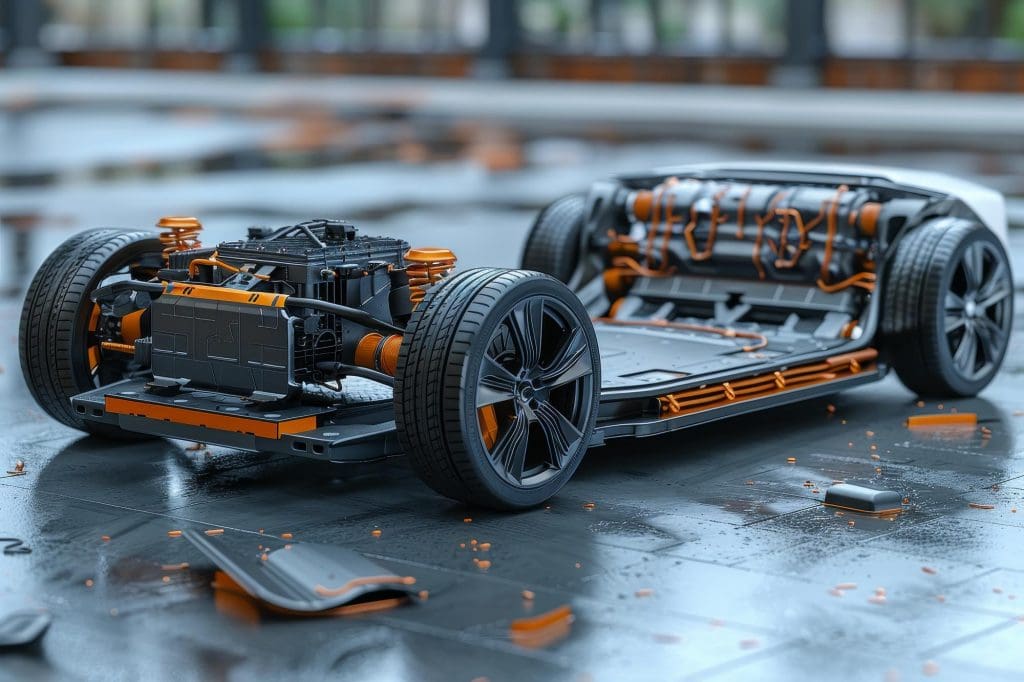EV sceptics love to ask, “But what about the batteries?” It’s a fair question. Are they dumped in a toxic heap somewhere? Or do they get a second shot at life? Let’s bust myths and follow your battery’s journey beyond the car.
The Myth: EV Batteries Go Straight to Landfill
💥 The reality: Nope. In the UK, 100% of end-of-life EV batteries must be recycled under EU-derived regulations. Companies like Umicore and Northvolt are turning old cells into new ones.
Step One: Second Life Applications
🔋 Even when an EV battery is “done,” it often still holds 70–80% capacity. That’s more than enough for less demanding jobs like home energy storage or grid balancing.
🏠 Nissan repurposes old Leaf batteries to power off-grid homes in the UK. Learn more at Nissan UK
Step Two: Recycling for Raw Materials
♻️ After their second life, batteries are shredded in specialist facilities. Critical minerals like lithium, cobalt, and nickel are recovered at rates over 95% (Fraunhofer Institute).
These materials then go back into making new EV batteries—closing the loop and slashing mining needs.
Innovations in Battery Recycling
🚀 Startups are developing “direct recycling” to refurbish individual cells instead of shredding entire packs. It’s faster, cleaner, and cheaper.
🔗 Check out Redwood Materials, founded by a Tesla co-creator, leading the charge in the US and soon the UK.
The Environmental Payoff
- ✅ Less mining of rare earth metals
- ✅ Reduced CO₂ footprint for new batteries
- ✅ Batteries become part of a sustainable energy ecosystem
The Final Word
EV batteries don’t die—they evolve. From grid storage to recycling, your old pack could help power homes, cities, or even your next car.
Want to drive greener? Start your journey smarter with ONEEV.
